Description
Unlocking the Potential of Minerals: Understanding Sodium Diisobutyl Dithiophosphate
In the fascinating world of mining and mineral processing, a vital component often overlooked is the chemistry that makes it all work. One such compound, playing a crucial role in the efficient extraction of valuable minerals, is Sodium Diisobutyl Dithiophosphate. While its name might sound complex, its function is relatively straightforward: it’s a powerful and widely used collector in the froth flotation process.
What is Sodium Diisobutyl Dithiophosphate?
Sodium Diisobutyl Dithiophosphate, often abbreviated as SDIDP, is an organic compound classified as a dithiophosphate. Its chemical structure features a phosphate group linked to two isobutyl groups through sulfur atoms, with a sodium ion balancing the charge. These seemingly intricate details are what give SDIDP its unique properties.
The Key: Froth Flotation and the Role of SDIDP
Froth flotation is a process used to separate valuable minerals from their surrounding gangue (unwanted material). This technique relies on differences in the surface properties of various minerals. The process involves creating a slurry of finely ground ore in water, then introducing air bubbles.
This is where SDIDP comes into play. It acts as a collector, a type of reagent designed to selectively adsorb (attach) onto the surface of target minerals, making them hydrophobic (water-repelling). This hydrophobicity allows the mineral particles to attach to the air bubbles, which then float to the surface, forming a froth that can be collected, leaving behind the unwanted gangue.
Why is SDIDP a Popular Choice?
Several benefits make SDIDP a popular choice in the mining industry:
Selectivity: SDIDP exhibits good selectivity, meaning it is more likely to attach to specific target minerals like sulfides (copper, lead, zinc) than others, leading to purer mineral concentrates. This reduces waste and increases efficiency.
Effective in a Wide pH Range: This collector is effective in a varying range of pH, making it versatile and adaptable to different ore types and processing conditions.
Stability: SDIDP is generally stable, allowing for consistent performance during the flotation process.
Relatively Low Cost: Compared to some specialized collectors, SDIDP is more cost-effective, making it a viable option for large-scale mining operations.
Applications Beyond Sulfides
While primarily used for sulfide minerals, research has explored the application of SDIDP in the flotation of other mineral types, such as certain precious metals like gold and silver, often in combination with other collectors. This ongoing research highlights the potential for SDIDP to play a role in the processing of a wider variety of ores.
Environmental Considerations
As with any chemical used in large-scale industrial processes, environmental considerations are important. While SDIDP is considered relatively less toxic than some alternatives, responsible handling and disposal practices are crucial. Mining companies and chemical suppliers are constantly working to improve the sustainability of collection reagents and minimize their environmental impact.
The Future of Mineral Extraction
Sodium Diisobutyl Dithiophosphate is a crucial but often unseen player in the global supply chain of vital minerals. Its ability to selectively recover valuable metals from complex ores makes it an indispensable tool in modern mining practices. As the demand for metals continues to grow and ore grades decline, the role of effective collection reagents like SDIDP will only become more significant. Continued research and development in this area hold the key to more efficient, sustainable, and environmentally responsible mineral extraction in the years to come.
In Conclusion:
Sodium Diisobutyl Dithiophosphate is more than just a complex chemical name; it’s a vital component in the world of mining. Its ability to efficiently and selectively separate valuable minerals is essential for the production of metals that underpin much of modern life. Understanding its role and properties is crucial for appreciating the complexities and innovations that drive the mineral extraction process.

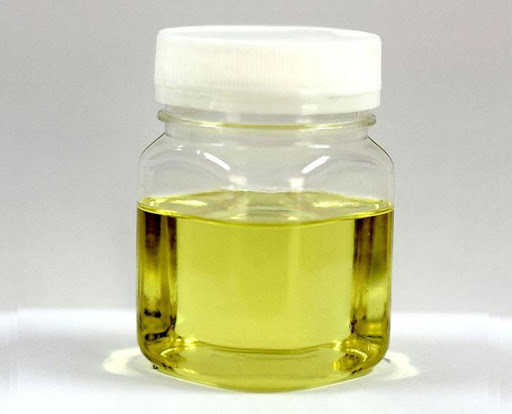



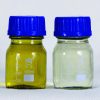

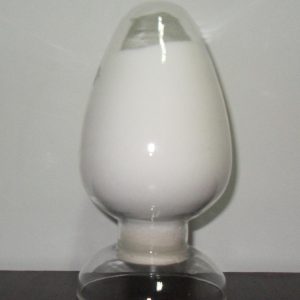
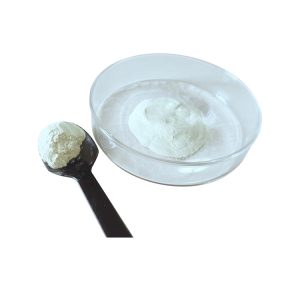
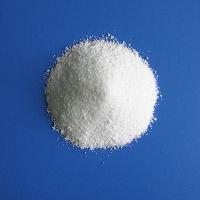
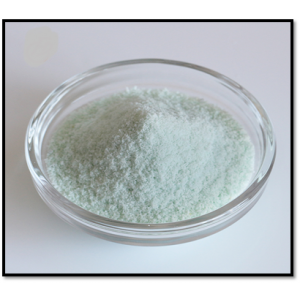

Reviews
There are no reviews yet.